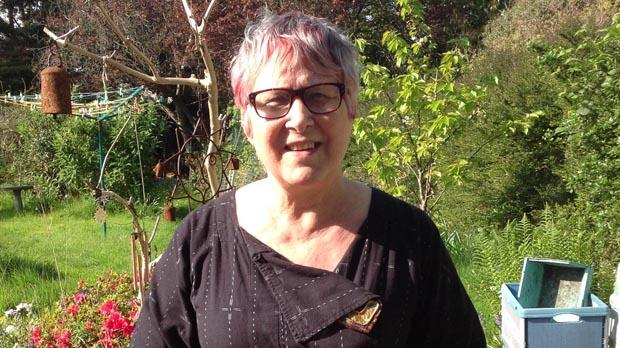
"I was delighted to take part in a clinical trial as it has the potential to really help others in the future.”
This study looked at the amount of radiotherapy which reached healthy cells around the cancer. It also looked at the side effects people had. It was for people with prostate cancer or head and neck cancer.
The study was open for people to join between 2013 and 2019. The team published some results in 2017 and more in 2020.
Doctors use radiotherapy to treat many types of cancer. They plan it very carefully to target the exact size, shape and position of the cancer.
The aim is to avoid healthy tissue nearby. But it can still cause some damage to the healthy tissue around area of cancer. And this can cause side effects.
This could mean there is some damage to the:
The main aims of this study were to find out:
The research team found that the side effects people have could be linked to the amount of radiotherapy that reaches healthy cells.
Study design
This study was for people with prostate cancer or head and neck cancer. They were due to have radiotherapy as part of their treatment.
The research team compared how much radiotherapy:
They then looked at the side effects. They wanted to see if there was a link between the side effects and the predicted or actual radiotherapy dose.
Results for people with prostate cancer
The research team looked at the results for 109 people who had radiotherapy for prostate cancer. They looked at the radiotherapy dose people had, and the number of people who had side effects such as:
The research team found that there was a difference between:
There was a bigger link between the actual dose of radiotherapy that reached the healthy tissue, and the side effects people had.
There was less of a link between the amount of radiotherapy doctors thought would reach healthy cells, and the side effects people had.
The researchers hope this will:
Results for people with head and neck cancer
The research team looked at the results for 198 people who had radiotherapy for head and neck cancer. This included people with larynx (laryngeal) cancer, mouth cancer or oropharyngeal cancer.
They looked at the radiotherapy dose people had, and the number of people who had side effects such as:
There was only a slightly bigger link between the actual dose that reached the healthy tissue, and the side effects people had. This is compared to the dose that doctors thought would reach healthy tissue.
The team suggest only a small number of people would benefit from changing the shape and size of the radiotherapy during treatment. This is called adaptive radiotherapy.
Where this information comes from
We have based this summary on information from the research team. Some of the information they sent us has been reviewed by independent specialists ( ) and published in a medical journal. The figures we quote above were provided by the trial team who did the research. We have not analysed the data ourselves.
) and published in a medical journal. The figures we quote above were provided by the trial team who did the research. We have not analysed the data ourselves.
Please note: In order to join a trial you will need to discuss it with your doctor, unless otherwise specified.
Professor Neil Burnet
Cambridge University Hospitals NHS Foundation Trust
Cancer Research UK
NIHR Clinical Research Network: Cancer
University of Cambridge
If you have questions about the trial please contact our cancer information nurses
Freephone 0808 800 4040

"I was delighted to take part in a clinical trial as it has the potential to really help others in the future.”